Introduction
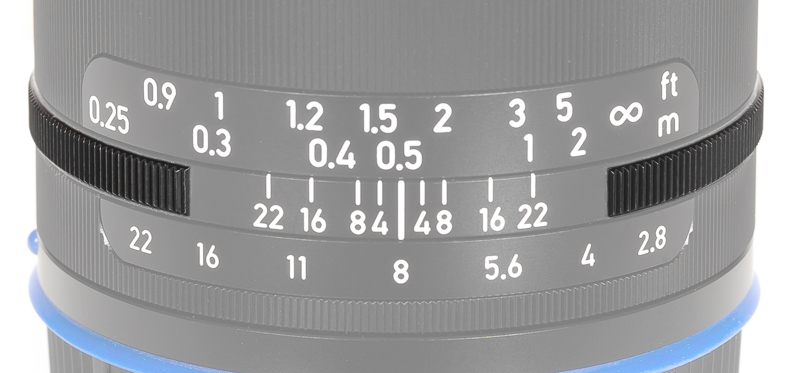
If there is one thing not to like about the Zeiss Loxia lenses it is that there is nowhere to grab them to mount or unmount. Lutz from PocketPano came up with the idea of the “Loxia Lens-Grip” that I will review here.

If there is one thing not to like about the Zeiss Loxia lenses it is that there is nowhere to grab them to mount or unmount. Lutz from PocketPano came up with the idea of the “Loxia Lens-Grip” that I will review here.
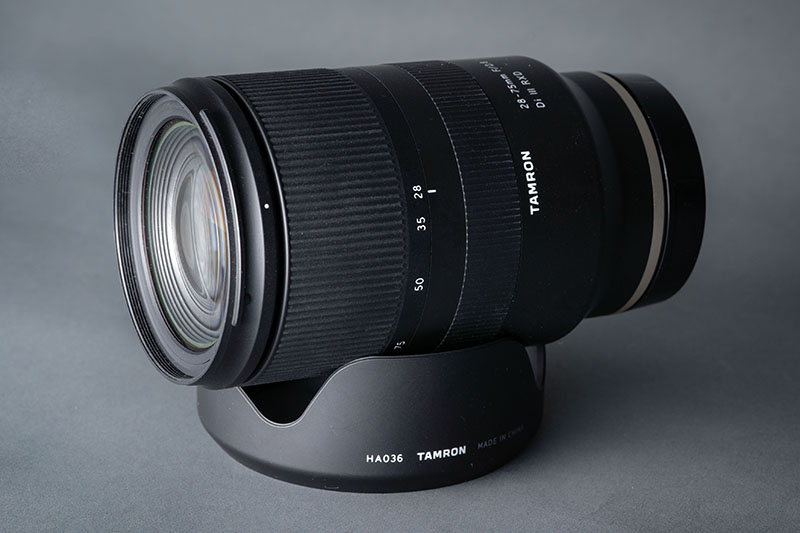
The Tamron 2.8/28-75 Di III RXD is the first third party E-Mount autofocus zoom lens. I am excited about this lens because it defines a milestone for the E-Mount system: until now, we only had a choice between Sony’s budget line, Samyang and the other (super-)expensive Sony/Zeiss options. The three classic third party manufacturers (Sigma, Tamron, Tokina) have been very tentative in their commitment to the E-mount system, and this lens is the first one that really changes this situation. The specs of the lens look spectacular on the paper, so let’s find out about its performance in the field.
In this review I will check the performance of my own copy that I used for several months now.



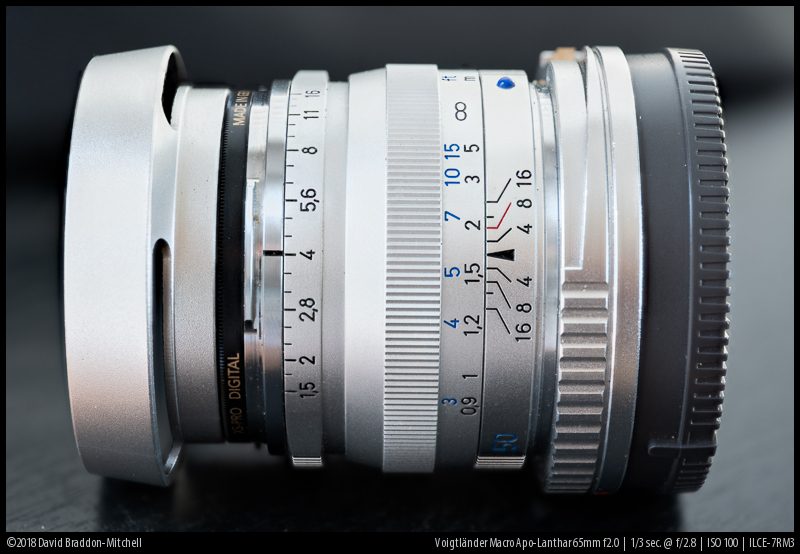
We have become used to old lens formulas being revived and sold for occasionally huge sums of money to collectors and photographers hoping to create images with a magical vintage look. All of us here have been very sceptical about this. Mostly they have been simple lenses in simple bodies with poor technical qualities being sold for more than the price of the latest and greatest glass. From one perspective the legendary C-Sonnar from Zeiss is like this. It’s a classic design dating from 1932 whose principal design goal at the time was to reduce the number of air glass surfaces because the coatings of the day were so primitive. Why do we need it now? But Zeiss bought it back in 2006 in M mount as part of the ZM series. The optical design is not much changed, but it comes with modern coatings. Many prize it for magical rendering and flattering portraiture, others think it shows that not even Zeiss is above trying to rip off nostalgic hipsters. Read on and find out who is right!
| Diameter | 56 mm |
| Length | 45 mm |
| Filter Thread | 46 mm |
| Weight (w/o adapter) | 250 g |
| Max. Magnification (w/o close focus adapter) | 1:15 |
| Close Focusing Distance from the sensor (w/o CFA) | 0.9 m |
| Number of aperture blades | 10 |
| Elements/ Groups | 6/4 |





Continue reading Carl Zeiss C-Sonnar T* 50mm f1.5 ZM: A Detailed Review
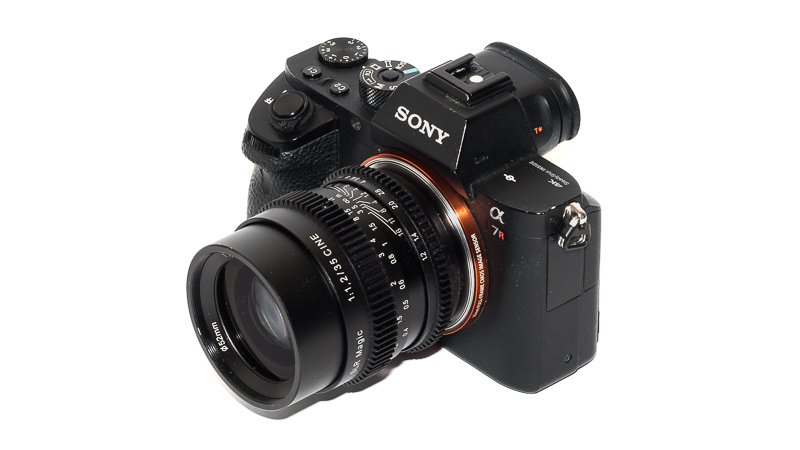
None of us is an expert in videography so usually we don’t review Cine lenses. This SLRmagic has very interesting specifications though, being very fast, compact and at the same time affordable. Unfortunately there is no non-cine version, so this time we have no choice it seems.




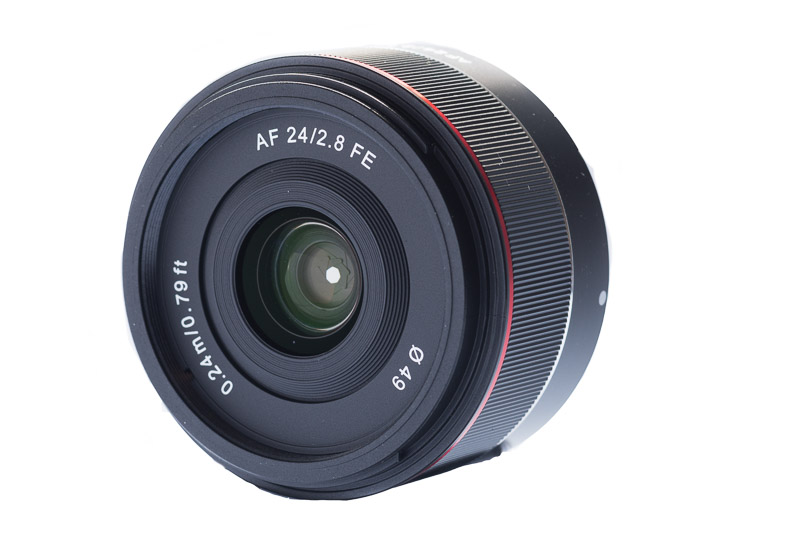
In my review of the Samyang AF 24mm f/2.8 FE I tell you why I think that Samyang has made a few compromises too many in order to keep it small.
Most images in this review can be found in full resolution here.
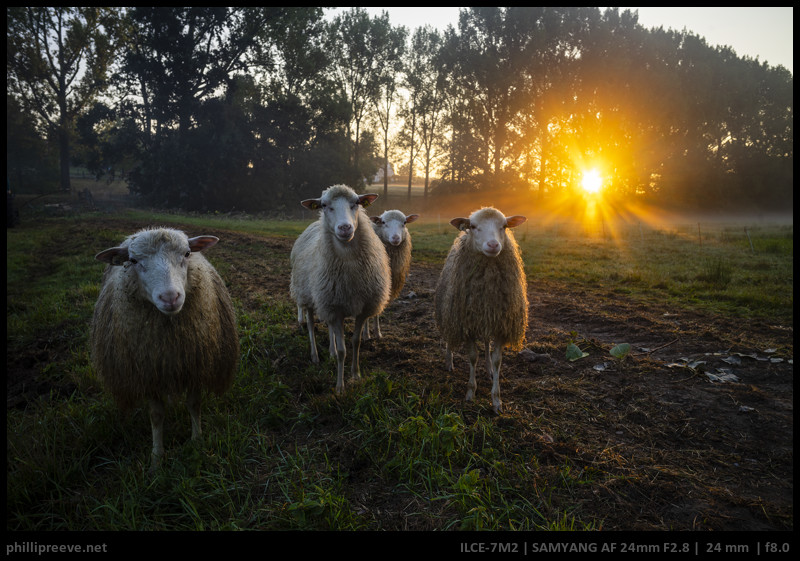
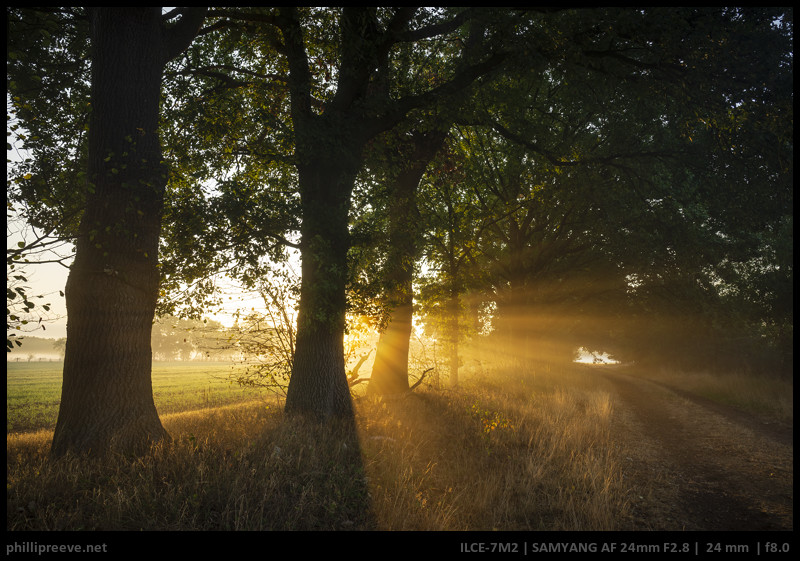

Continue reading Review: Samyang AF 24mm f/2.8 FE – Small lens, big compromise